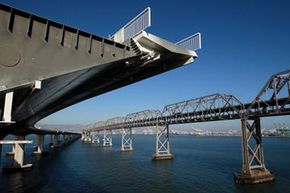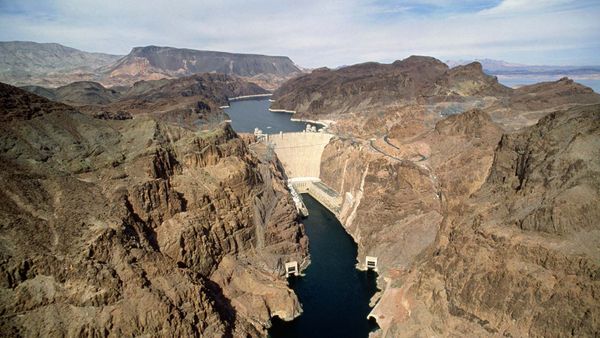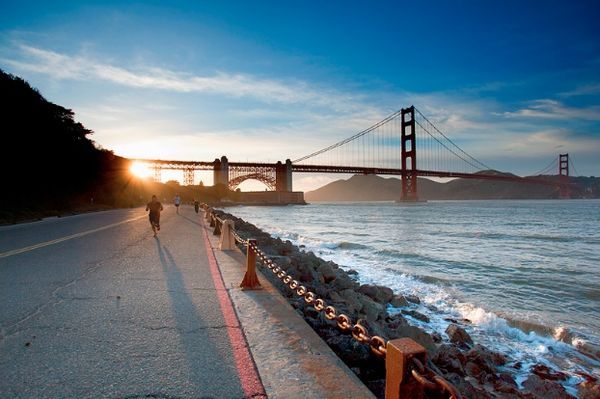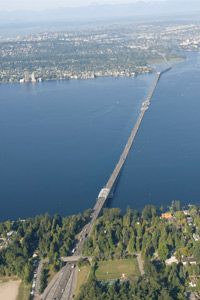In the mid-1800s, San Francisco was a boomtown. As the go-to port in the state, San Francisco found itself at the center of the California gold rush. Goods and passengers naturally came in by ship -- until 1869, when the transcontinental railroad was completed. The western end of the railroad touched down in Oakland, on the north side of the San Francisco bay. San Francisco was still a critical port, of course, but municipal leaders realized they would need to link up with Oakland to bring the railroad into the city. There was just one problem: A bridge between the two areas would have to cross more than 4 miles of the San Francisco bay [source: DOT.ca.gov].
The engineering obstacles of building such a giant bridge prevented the Bay Bridge from becoming a reality for another 50 years. In the 1920s, when automobile traffic gave San Francisco and Oakland residents yet another reason to create a bridge connecting the two cities, the project gained more traction. Finally, in 1929, the California Legislature set up a project to govern the construction of a San Francisco-Oakland Bay Bridge.
Advertisement
The Bay Bridge wasn't the only massive undertaking the city of San Francisco was considering in the 1920s. Plans for the Golden Gate Bridge connecting the city to Marin County began in the early 1920s, but actual construction on the 1.7 mile suspension bridge didn't begin until 1933. Meanwhile, an even more ambitious project -- the Bay Bridge -- was also underway, combining a suspension span, the largest bore tunnel in the world, and a cantilever span into one giant bridge 4.5 miles long.




